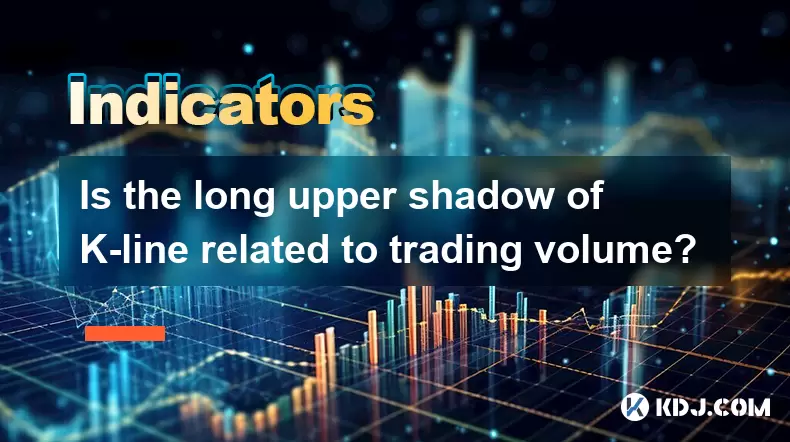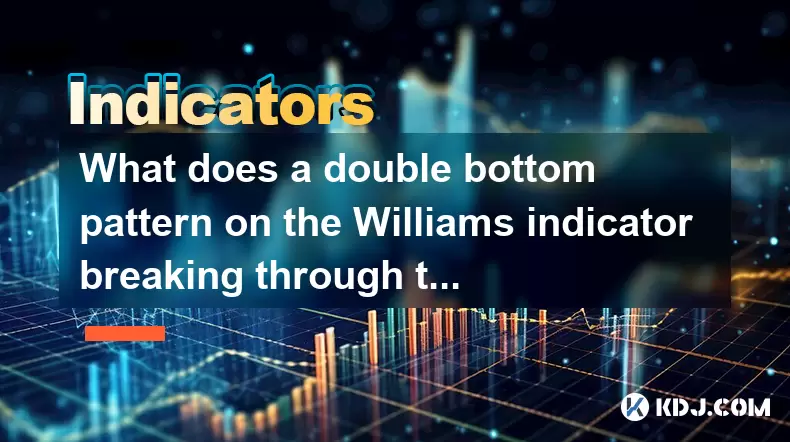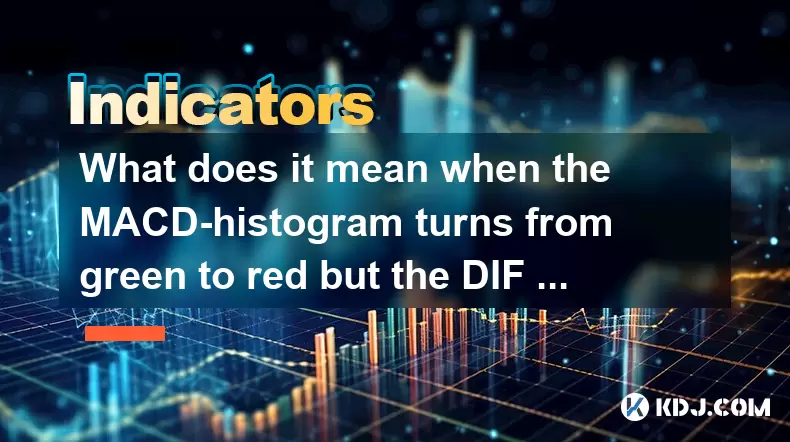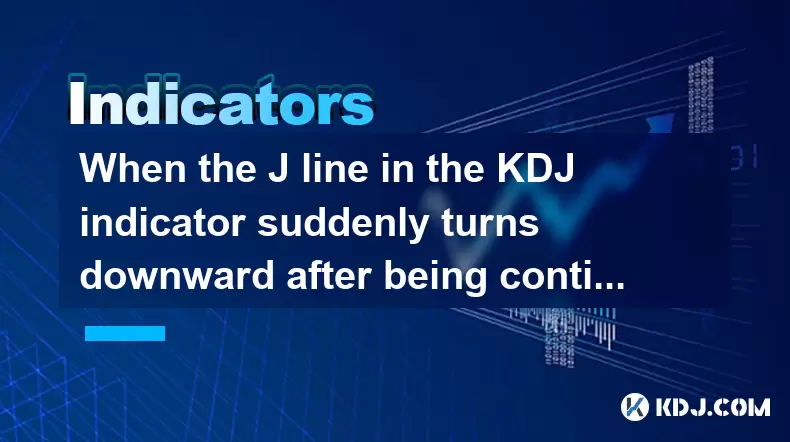-
 Bitcoin
Bitcoin $116400
-0.36% -
 Ethereum
Ethereum $4033
3.40% -
 XRP
XRP $3.302
-1.26% -
 Tether USDt
Tether USDt $1.000
-0.02% -
 BNB
BNB $796.1
1.67% -
 Solana
Solana $177.8
1.89% -
 USDC
USDC $0.9999
0.00% -
 Dogecoin
Dogecoin $0.2314
4.09% -
 TRON
TRON $0.3381
0.14% -
 Cardano
Cardano $0.7989
1.22% -
 Stellar
Stellar $0.4496
-1.84% -
 Chainlink
Chainlink $20.42
9.42% -
 Hyperliquid
Hyperliquid $41.17
0.88% -
 Sui
Sui $3.914
3.77% -
 Bitcoin Cash
Bitcoin Cash $584.7
1.52% -
 Hedera
Hedera $0.2632
-0.54% -
 Avalanche
Avalanche $24.09
3.40% -
 Ethena USDe
Ethena USDe $1.001
-0.02% -
 Litecoin
Litecoin $123.2
1.33% -
 Toncoin
Toncoin $3.318
-0.04% -
 UNUS SED LEO
UNUS SED LEO $8.984
-0.05% -
 Shiba Inu
Shiba Inu $0.00001323
2.85% -
 Uniswap
Uniswap $10.90
4.41% -
 Polkadot
Polkadot $3.999
3.34% -
 Dai
Dai $1.000
0.01% -
 Cronos
Cronos $0.1630
9.64% -
 Bitget Token
Bitget Token $4.484
0.82% -
 Monero
Monero $272.4
2.44% -
 Pepe
Pepe $0.00001173
6.03% -
 Aave
Aave $290.8
2.88%
Is the long upper shadow of K-line related to trading volume?
A long upper shadow with high volume may signal a bearish reversal, while low volume could indicate a false breakout in crypto trading.
Jun 02, 2025 at 11:35 am

The long upper shadow of a K-line, often referred to as a candlestick, is a significant pattern in the analysis of cryptocurrency charts. This pattern can provide valuable insights into market sentiment and potential price movements. One crucial question that arises in this context is whether the long upper shadow is related to trading volume. To address this, we need to delve into the mechanics of candlestick patterns and the role of trading volume in their formation.
Understanding the Long Upper Shadow
A long upper shadow on a candlestick indicates that during the trading period, the price of the cryptocurrency reached a high point but closed significantly lower than that peak. This suggests that buyers initially pushed the price up, but sellers eventually took control, driving the price back down. The length of the upper shadow reflects the extent of this price rejection.
The Role of Trading Volume
Trading volume represents the number of cryptocurrency units traded within a specific period. It is a key indicator of market activity and can provide insights into the strength of price movements. High trading volume often accompanies significant price changes, indicating strong interest from traders and investors.
Correlation Between Long Upper Shadows and Trading Volume
The relationship between a long upper shadow and trading volume can be observed in several ways. When a long upper shadow appears with high trading volume, it suggests that there was significant interest in the cryptocurrency at the peak price. However, the fact that the price closed lower indicates that the selling pressure was strong enough to overcome the buying pressure, even with high volume.
Conversely, a long upper shadow with low trading volume might indicate that the price spike was not supported by substantial market interest. In such cases, the long upper shadow could be seen as a false signal, as the price movement was not backed by significant trading activity.
Analyzing Long Upper Shadows with Volume Indicators
To better understand the relationship between long upper shadows and trading volume, traders often use volume indicators. These tools help visualize the volume data alongside the price movements on a chart. Here’s how you can analyze this relationship using volume indicators:
- Open a cryptocurrency trading chart: Choose a platform that allows you to view both candlestick charts and volume data.
- Identify a long upper shadow: Look for a candlestick with a significantly long upper shadow relative to its body.
- Check the corresponding volume bar: Observe the volume bar that corresponds to the candlestick with the long upper shadow.
- Compare volume levels: Assess whether the volume during the formation of the long upper shadow was high, low, or average compared to other periods.
Case Studies: Long Upper Shadows and Volume
To illustrate the relationship between long upper shadows and trading volume, let's consider a few hypothetical case studies:
Case Study 1: High Volume Long Upper Shadow
Imagine a scenario where Bitcoin (BTC) experiences a long upper shadow on its daily chart. The candlestick opens at $40,000, reaches a high of $42,000, but closes at $40,500. The volume bar corresponding to this candlestick is significantly higher than the average volume over the past week.
In this case, the high volume suggests strong market participation during the price surge to $42,000. However, the fact that the price closed near the opening level indicates that the sellers were able to counteract the buying pressure, even with high volume. This could signal a potential reversal or a period of consolidation.
Case Study 2: Low Volume Long Upper Shadow
Now consider another scenario where Ethereum (ETH) forms a long upper shadow on its hourly chart. The candlestick opens at $2,000, reaches a high of $2,100, but closes at $2,020. The volume bar for this candlestick is notably lower than the average volume over the past few hours.
In this instance, the low volume during the formation of the long upper shadow suggests that the price spike to $2,100 was not supported by significant market interest. The subsequent drop in price and the low volume could indicate that the long upper shadow was a false signal, and the price movement may not be sustainable.
Using Long Upper Shadows and Volume for Trading Decisions
Traders often use the combination of long upper shadows and trading volume to make informed trading decisions. Here are some strategies based on this relationship:
- Bearish Reversal Signal: A long upper shadow with high volume can be interpreted as a bearish reversal signal, especially if it occurs after a prolonged uptrend. Traders might consider entering short positions or exiting long positions.
- False Breakout Identification: A long upper shadow with low volume might indicate a false breakout. Traders could use this information to avoid chasing the price and instead wait for more confirmation of the trend.
- Confirmation with Other Indicators: To increase the reliability of the signals, traders often combine the analysis of long upper shadows and volume with other technical indicators such as moving averages, RSI, or MACD.
Practical Example: Applying the Analysis
Let's walk through a practical example of how a trader might apply the analysis of long upper shadows and trading volume:
- Identify the long upper shadow: A trader notices a long upper shadow on the 4-hour chart of Ripple (XRP), with the price opening at $0.50, reaching a high of $0.55, and closing at $0.51.
- Check the volume: The trader observes that the volume bar corresponding to this candlestick is above the average volume of the past few days.
- Interpret the data: Given the high volume, the trader interprets the long upper shadow as a potential bearish reversal signal. The high volume indicates strong market participation, and the failure to maintain the high price suggests that sellers are gaining control.
- Make a trading decision: Based on this analysis, the trader decides to enter a short position on XRP, expecting the price to decline further.
Frequently Asked Questions
Q1: Can a long upper shadow with high volume always be considered a bearish signal?
A1: While a long upper shadow with high volume often indicates a potential bearish reversal, it should not be considered a standalone signal. Traders should always look for confirmation from other technical indicators and consider the broader market context before making trading decisions.
Q2: How can I differentiate between a valid long upper shadow signal and a false signal?
A2: To differentiate between valid and false signals, consider the following factors:
- Volume: High volume during the formation of the long upper shadow is more likely to indicate a valid signal.
- Trend Context: Long upper shadows in the context of a strong uptrend are more likely to signal a reversal than those in a ranging market.
- Confirmation: Look for confirmation from other technical indicators such as support/resistance levels, moving averages, or momentum indicators.
Q3: Are there any specific cryptocurrencies where long upper shadows are more significant?
A3: Long upper shadows can be significant for any cryptocurrency, but their impact may vary based on market liquidity and volatility. Major cryptocurrencies like Bitcoin and Ethereum often have more reliable signals due to higher trading volumes and liquidity. However, even less liquid altcoins can exhibit meaningful long upper shadows if the volume is substantial relative to their average trading activity.
Q4: How can I use long upper shadows and volume data in combination with other chart patterns?
A4: Long upper shadows and volume data can be effectively combined with other chart patterns to enhance trading strategies. For instance:
- Double Tops: A long upper shadow forming the second peak of a double top pattern, especially with high volume, can reinforce the bearish signal.
- Engulfing Patterns: A bearish engulfing pattern with a long upper shadow on the preceding bullish candle and high volume can indicate a strong reversal.
- Trend Lines: A long upper shadow breaking a resistance trend line with high volume can signal a potential breakdown and reversal of the trend.
Disclaimer:info@kdj.com
The information provided is not trading advice. kdj.com does not assume any responsibility for any investments made based on the information provided in this article. Cryptocurrencies are highly volatile and it is highly recommended that you invest with caution after thorough research!
If you believe that the content used on this website infringes your copyright, please contact us immediately (info@kdj.com) and we will delete it promptly.
- HAT Token Mania: Price Surges, Crypto Auctions, and Meme Coin Mayhem
- 2025-08-09 11:10:11
- Undervalued Cryptos Primed for a 2025 Takeoff: MAGACOIN, TRX, and SUI Lead the Pack
- 2025-08-09 11:10:11
- Bitcoin Goes to Harvard: Ivy League Embraces Digital Assets
- 2025-08-09 10:50:12
- Bitcoin, BlockDAG, and Toncoin: Decoding the Crypto Buzz in NYC
- 2025-08-09 11:30:11
- XRP, Pi Network, and Binance Listing Buzz: What's the Hype?
- 2025-08-09 11:30:11
- Arctic Pablo Coin: The Meme Coin Presale Promising High ROI in Q3 2025
- 2025-08-09 10:50:12
Related knowledge

What does it mean when the Triple Moving Average (TRIX) turns downward but the price doesn't fall?
Aug 09,2025 at 12:42pm
Understanding the Triple Moving Average (TRIX) IndicatorThe Triple Moving Average, commonly known as TRIX, is a momentum oscillator designed to filter...

What does it mean when the Williams' oscillator repeatedly hits bottoms but fails to rebound?
Aug 09,2025 at 09:28am
Understanding the Williams %R OscillatorThe Williams %R oscillator, developed by Larry Williams, is a momentum indicator used in technical analysis to...

What does a double bottom pattern on the Williams indicator breaking through the 50-day midline indicate?
Aug 09,2025 at 10:56am
Understanding the Williams %R IndicatorThe Williams %R indicator, developed by Larry Williams, is a momentum oscillator that measures overbought and o...

What does it mean when the MACD-histogram turns from green to red but the DIF line fails to form a golden cross?
Aug 09,2025 at 10:15am
Understanding the MACD and Its ComponentsThe MACD (Moving Average Convergence Divergence) is a widely used technical analysis tool in the cryptocurren...

When the J line in the KDJ indicator suddenly turns downward after being continuously overbought, does it indicate a top?
Aug 09,2025 at 06:35am
Understanding the KDJ Indicator and Its ComponentsThe KDJ indicator is a momentum oscillator widely used in cryptocurrency technical analysis to ident...

What does it mean when the TRIX indicator suddenly diverges downward after a long period of convergence?
Aug 09,2025 at 12:56am
Understanding the TRIX Indicator in Cryptocurrency TradingThe TRIX indicator, or Triple Exponential Average, is a momentum oscillator used in technica...

What does it mean when the Triple Moving Average (TRIX) turns downward but the price doesn't fall?
Aug 09,2025 at 12:42pm
Understanding the Triple Moving Average (TRIX) IndicatorThe Triple Moving Average, commonly known as TRIX, is a momentum oscillator designed to filter...

What does it mean when the Williams' oscillator repeatedly hits bottoms but fails to rebound?
Aug 09,2025 at 09:28am
Understanding the Williams %R OscillatorThe Williams %R oscillator, developed by Larry Williams, is a momentum indicator used in technical analysis to...

What does a double bottom pattern on the Williams indicator breaking through the 50-day midline indicate?
Aug 09,2025 at 10:56am
Understanding the Williams %R IndicatorThe Williams %R indicator, developed by Larry Williams, is a momentum oscillator that measures overbought and o...

What does it mean when the MACD-histogram turns from green to red but the DIF line fails to form a golden cross?
Aug 09,2025 at 10:15am
Understanding the MACD and Its ComponentsThe MACD (Moving Average Convergence Divergence) is a widely used technical analysis tool in the cryptocurren...

When the J line in the KDJ indicator suddenly turns downward after being continuously overbought, does it indicate a top?
Aug 09,2025 at 06:35am
Understanding the KDJ Indicator and Its ComponentsThe KDJ indicator is a momentum oscillator widely used in cryptocurrency technical analysis to ident...

What does it mean when the TRIX indicator suddenly diverges downward after a long period of convergence?
Aug 09,2025 at 12:56am
Understanding the TRIX Indicator in Cryptocurrency TradingThe TRIX indicator, or Triple Exponential Average, is a momentum oscillator used in technica...
See all articles

























































































